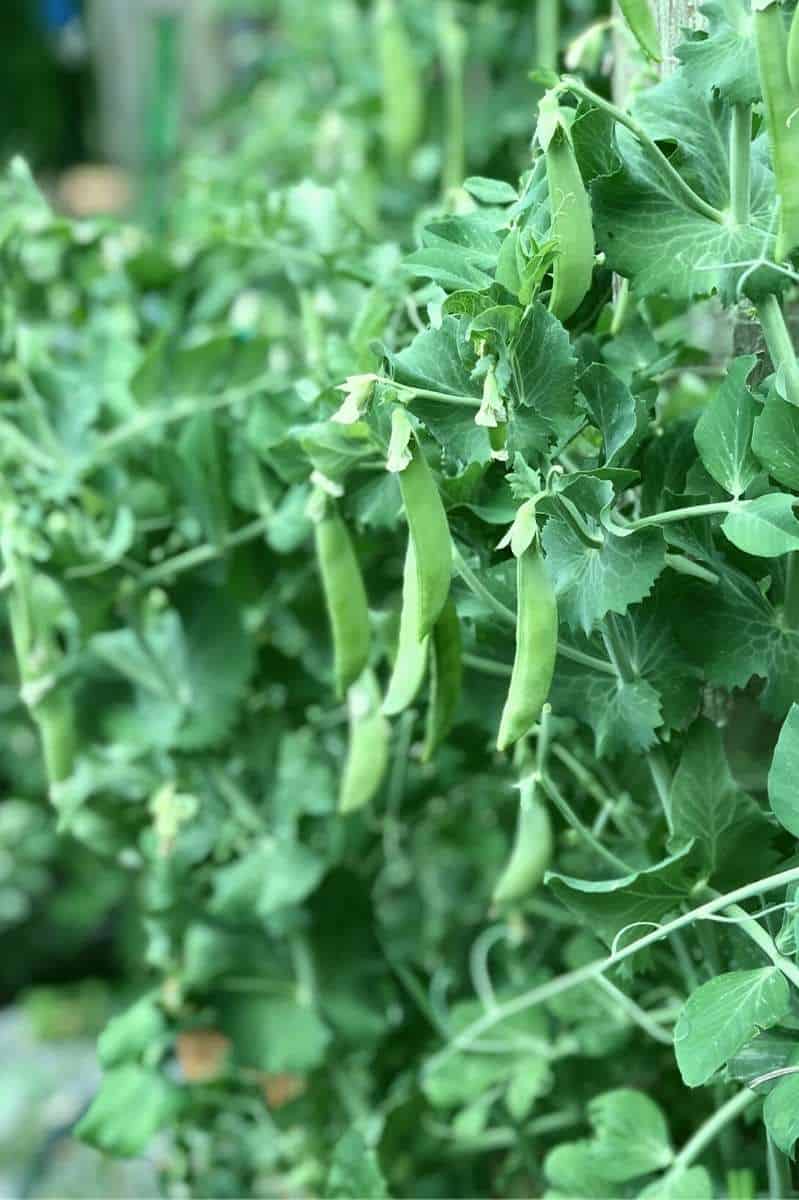Introduction
Planting garden peas at the right time is crucial for a successful and abundant harvest. Garden peas, known for their sweet flavor and nutritional benefits, thrive in cool weather and require careful timing to avoid heat stress and poor yields. Whether you are a beginner or an experienced gardener, understanding when to plant garden peas can significantly impact your crop’s growth and productivity.
This article explores the best planting times for garden peas, considering climate, soil temperature, and regional variations. You’ll also find actionable tips and expert advice to help you optimize your pea-growing season and enjoy fresh peas from your garden.
Why Timing Matters for Planting Garden Peas
Garden peas are cool-season crops that prefer mild temperatures. Planting too early or too late can lead to poor germination, stunted growth, or premature bolting (flowering and seed production before maturity). Here’s why timing is essential:
- Optimal Soil Temperature: Peas germinate best when soil temperatures range between 40°F and 70°F (4°C to 21°C).
- Avoiding Frost Damage: Early planting risks frost damage, while late planting may expose peas to high heat.
- Maximizing Yield and Quality: Proper timing ensures peas mature at peak sweetness and tenderness.
When to Plant Garden Peas Based on Climate Zones
Cool Climates
In cooler regions, such as northern U.S. states or Canada, plant garden peas as soon as the soil can be worked in early spring. This usually means:
- 2 to 4 weeks before the last expected frost date.
- Soil temperature should be at least 40°F (4°C).
Early planting takes advantage of the cooler weather and longer growing season.
Warm Climates
In warmer zones, such as southern U.S. states, timing differs to avoid heat stress:
- Plant peas in late winter or very early spring, as soon as the soil is workable.
- Alternatively, plant in late summer for a fall harvest, avoiding the high heat of midsummer.
This approach helps peas mature before temperatures become too hot.
General Guidelines
- Check your local frost dates: Use these as a baseline for planting timing.
- Soil temperature measurement: Use a soil thermometer to ensure temperatures are ideal.
How to Prepare Soil and Seeds for Planting Garden Peas
Soil Preparation
- Choose well-draining soil: Peas prefer loose, fertile soil with good drainage.
- Amend soil with compost: Incorporate organic matter to improve fertility and moisture retention.
- Avoid high nitrogen fertilizers: Excess nitrogen encourages leaf growth over pods.
Seed Preparation
- Soak seeds before planting: Soaking for 8-12 hours can speed up germination.
- Plant seeds 1 to 2 inches deep: Ensure consistent soil moisture for even sprouting.
Step-by-Step Planting Process for Garden Peas
- Select a sunny location: Peas need at least 6 hours of sunlight daily.
- Prepare rows or beds: Space rows about 18 to 24 inches apart.
- Plant seeds with proper spacing: Plant seeds 2 inches apart to reduce overcrowding.
- Water gently but thoroughly: Keep soil moist until seeds germinate.
- Install supports if growing climbing varieties: Use trellises or stakes to encourage upward growth and air circulation.
Tips to Extend the Pea Growing Season
- Succession planting: Sow seeds every 2 to 3 weeks during the planting window to ensure continuous harvest.
- Use cold frames or row covers: Protect young plants from late frost or early heat.
- Choose varieties suited to your region: Early-maturing varieties can be planted later, while heat-tolerant types thrive in warmer climates.
Conclusion
Knowing when to plant garden peas is fundamental to reaping a healthy, flavorful crop. By considering your local climate, monitoring soil temperature, and preparing your soil and seeds properly, you set the stage for successful growth. Remember to plant peas early in cool weather zones and adjust timing in warmer regions to avoid heat stress. Employing techniques like succession planting and using appropriate supports further enhances your garden’s productivity.
Start planning your pea planting today to enjoy fresh, homegrown peas that add a nutritious and delicious touch to your meals. Your efforts will pay off with a rewarding harvest and the satisfaction of growing one of the garden’s most delightful crops.
